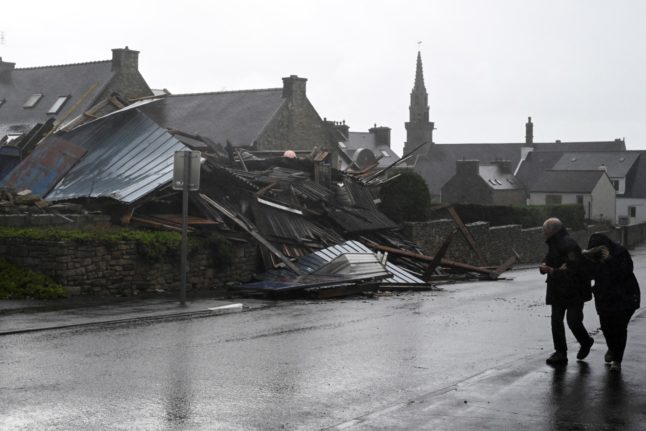One of the first insights that newcomers have into Swedish society is how hard it can be to find somewhere to live. Of course, it is possible to get a good rental apartment at a decent rate in an attractive part of Stockholm. But to do so, you must employ the same strategy of a 64-year-old woman who recently was able to move into her dream home in Strandvägen – wait in the queue for 28 years.
The simple explanation as to why it is so hard to get a first-hand contract (as permanent, secure rentals are known in Sweden) is that rent-control has destroyed the function of the renting market. But the situation is more complex than that. Today it is possible to charge relatively high rents for newly built apartments. Since most people buy cooperative flats (“bostadsrätter”) to live there on their own, this part of the market is not affected much by rent-control. But the interest is shallow for building both types of apartments.
Since 2009, the government has allowed apartments to be directly owned by their tenants, rather than through a cooperative. Foreigners might not raise an eyebrow, but this has been a stark change to the socialist perspective on apartment ownership that has long characterized Sweden. It has since long been socially and politically acceptable to own your own house, but apartments have been viewed differently. Previously only cooperative ownership, through bostadsrätter, has been allowed. And even that has been seen as a move towards too much privatization by many.
When the government announced that privately-owned apartments could be built, it was expected that between 3,000 and 5,000 would be built each year. But as the Dagens Industri newspaper recently reported, only 700 such apartments have so far been built in Sweden. In Stockholm, merely four such rarities exist.
Clearly, there is something very wrong with the Swedish housing market. Recently the Ministry of Health and Social Affairs noted that the population of Stockholm has grown by around a quarter of a million between the years 2000 and 2009. During the same period, merely 80,000 new apartments have been built, while a further 20,000 have been created in existing buildings.
Looking at a map of Stockholm, or merely strolling through the city, you might wonder why no one is building on the vast green spaces available in the city. Of course, parks and forests near the city are nice things. But can't some of these vast areas be used to build housing for people who today have to drive up to two hours to get to their work or place of study? Indeed, part of the problem is that state regulation, and municipal implementation of the regulation, makes it very difficult to get building permits. You want to build? 'Fine, but not on my backyard,' seems to be the attitude of many Swedish municipal leaders and their constituents.
At the same time, it is important to note that problems with housing not only exist in Stockholm, but in most parts of Sweden where jobs are available. Take Norrbotten, in the north of the country: if anything, that part of Sweden has lots and lots of free space. But as a public report shows, “The consequence of a low rate of housing construction over a long period is that there is a lack of housing in most municipalities in Norrbotten”.
If you want to build housing in Sweden, you must deal with local decisions
relating to land utilization, building permits and environmental permits. These regulations are not only tricky to understand and costly to follow, but can also take months or years to navigate. Not only does this overregulation create high costs, but also an uncertainty. You cannot be certain that the permits will be approved, even if everything seems to be in place. Insiders, the few large companies that do build in Sweden, are hard to challenge since they do have the inside knowledge and have earned the trust of the bureaucrats who decide what can and what cannot be built. Also taxes and high regulated standards drive up the cost.
These regulations and taxes create both a static and a dynamic response in the market. The static cost is the immediate effect of it being too costly to build new housing. The dynamic part is that since competition is limited, the housing construction market functions less dynamically and innovatively than would otherwise have been the case. And thus, although many seem to have been aware of the problems for decades, we are still left with a situation where you have to stand in line for up to 28 years to get your dream flat in Stockholm.
Nima Sanandaji, a Swedish writer of Kurdish origin with a PhD in polymer technology, has written numerous books and reports about subjects such as integration, entrepreneurship, and women's career opportunities. He is a regular contributor to The Local.
Let The Local help you find an apartment in Sweden.
Check out our property rental section



 Please whitelist us to continue reading.
Please whitelist us to continue reading.
Member comments